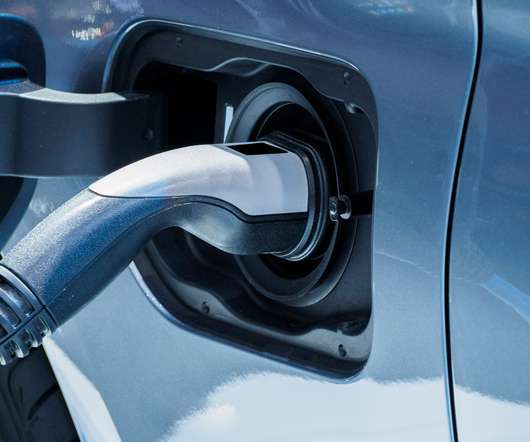EIA: world energy consumption to grow 56% 2010-2040, CO2 up 46%; use of liquid fuels in transportation up 38%
Green Car Congress
JULY 25, 2013
World energy consumption by fuel type, 2010-2040. The US Energy Information Administration’s (EIA’s) International Energy Outlook 2013 (IEO2013) projects that world energy consumption will grow by 56% between 2010 and 2040, from 524 quadrillion British thermal units (Btu) to 820 quadrillion Btu. Source: IEO2013.





































Let's personalize your content